A kitchen sink may seem like a small part of your kitchen, but it plays a crucial role in your daily routine. From washing dishes and preparing food to filling up pots and cleaning up spills, your sink sees a lot of action. That's why it's important to carefully consider the design of your kitchen sink to ensure it meets your needs and complements your overall kitchen aesthetic. When it comes to kitchen sink design, there are several factors to keep in mind. Let's explore some of the key considerations to help you choose the perfect sink for your home.1. Kitchen Sink Design Considerations: Things to Keep in Mind
As with any design decision, it's essential to consider your personal preferences and lifestyle when choosing a kitchen sink. Do you cook and entertain frequently? Do you have a large family or live alone? These factors can help determine the size, material, and features you need in a kitchen sink. It's also important to consider the overall style of your kitchen. You want the sink to blend seamlessly with the rest of your design elements, whether it's modern, traditional, or somewhere in between.2. How to Choose the Right Kitchen Sink for Your Home
The size and placement of your kitchen sink can make a big difference in its functionality. If you have a small kitchen, a large double-bowl sink may not be the most practical choice. On the other hand, if you have a large kitchen and frequently cook for a big group, a large sink with multiple compartments can be a game-changer. Placement is also crucial. You want your sink to be easily accessible from your stove, refrigerator, and prep areas. Consider the flow of your kitchen and how you move around when cooking to determine the best placement for your sink.3. The Importance of Size and Placement in Kitchen Sink Design
The material of your kitchen sink not only affects its appearance but also its durability and maintenance. Some popular materials for kitchen sinks include stainless steel, porcelain, fireclay, and granite composite. Stainless steel sinks are affordable, durable, and easy to maintain, but they may show water spots or scratches. Porcelain sinks have a classic, elegant look but can chip or stain easily. Fireclay sinks are a type of ceramic sink that is extremely durable and resistant to stains and scratches. Granite composite sinks are a blend of granite and resin, making them durable and resistant to heat, stains, and scratches.4. Materials Matter: Pros and Cons of Different Kitchen Sink Materials
There are various sink styles and configurations to choose from, including top-mount, undermount, farmhouse, and corner sinks. Top-mount sinks, also known as drop-in sinks, are the most common type and are easy to install. Undermount sinks are installed under the countertop for a seamless look and easier cleaning. Farmhouse or apron-front sinks have a large, exposed front and are a popular choice for a rustic or farmhouse style kitchen. Corner sinks are ideal for smaller kitchens and can make use of otherwise wasted space.5. Sink Styles and Configurations: Which One is Right for You?
Accessories can enhance the functionality of your kitchen sink. Consider adding a sink grid to protect the bottom of your sink from scratches, a cutting board that fits over the sink, or a soap dispenser for easy access to hand soap. You can also opt for a sink with built-in accessories, such as a built-in colander or drying rack. These features can make your kitchen sink even more convenient and efficient.6. Maximizing Functionality with Accessories for Your Kitchen Sink
If you have specific accessibility needs, it's crucial to consider this when choosing a kitchen sink. For example, a sink with a lower front or shallow basin can be easier for someone in a wheelchair to access. You can also opt for a touchless faucet for hands-free operation. It's also essential to consider the placement of your sink in relation to other kitchen elements. For example, if you use a wheelchair, you may need to have your sink closer to your stove and refrigerator for easier access while cooking.7. Designing a Kitchen Sink with Accessibility in Mind
The color and finish of your kitchen sink can add a touch of personality to your kitchen. Stainless steel sinks are the most popular choice due to their versatility and durability, but you can also opt for a sink in a different color or finish to match your kitchen's aesthetic. Some popular color options for kitchen sinks include black, white, and grey, while popular finishes include matte, brushed, and glossy. Consider your kitchen's color scheme and style before deciding on a color and finish for your sink.8. The Role of Color and Finish in Kitchen Sink Design
Kitchen sinks come in a wide range of prices, and it's important to set a budget before starting your search. However, there are ways to save money without compromising on quality and style. One option is to choose a sink made from a less expensive material, such as stainless steel, instead of pricier options like fireclay or granite composite. You can also opt for a smaller sink or a simpler design to save on costs.9. Budget-Friendly Kitchen Sink Design Ideas
Finally, if you want to stay on top of the latest trends in kitchen sink design, here are a few to keep in mind: - Large, deep sinks with multiple compartments for added functionality - Dark-colored sinks, such as black or dark grey, for a modern, sleek look - Mixed material sinks, such as a combination of stainless steel and stone, for a unique and eye-catching design - Apron-front sinks with a textured or patterned front for a touch of personality Ultimately, the most important factor in choosing a kitchen sink is finding one that suits your needs and personal style. Take your time, do your research, and consider all the design elements to ensure you end up with a kitchen sink that you love for years to come.10. Trends in Kitchen Sink Design: What's Popular Right Now?
Maximizing Space with Kitchen Sink Design Considerations
 When it comes to designing a kitchen, one of the most important elements to consider is the
kitchen sink
. It is not only a functional necessity, but also a design feature that can greatly impact the overall look and feel of the space. As such, it is important to carefully consider the design of your kitchen sink to ensure that it meets your needs and complements the overall design of your home.
When it comes to designing a kitchen, one of the most important elements to consider is the
kitchen sink
. It is not only a functional necessity, but also a design feature that can greatly impact the overall look and feel of the space. As such, it is important to carefully consider the design of your kitchen sink to ensure that it meets your needs and complements the overall design of your home.
Size and Placement
 Size
is a crucial consideration when choosing a kitchen sink. It needs to be large enough to accommodate your daily tasks, such as washing dishes and preparing food, but not so large that it takes up too much valuable counter space. Consider your cooking and cleaning habits to determine the ideal size for your kitchen sink.
Placement
is also key. The sink should be placed in a convenient and functional location, with easy access to a water source and close proximity to your stove and refrigerator. This will make meal preparation and clean up more efficient. Additionally, consider the flow of traffic in your kitchen and ensure that the sink does not obstruct the natural flow.
Size
is a crucial consideration when choosing a kitchen sink. It needs to be large enough to accommodate your daily tasks, such as washing dishes and preparing food, but not so large that it takes up too much valuable counter space. Consider your cooking and cleaning habits to determine the ideal size for your kitchen sink.
Placement
is also key. The sink should be placed in a convenient and functional location, with easy access to a water source and close proximity to your stove and refrigerator. This will make meal preparation and clean up more efficient. Additionally, consider the flow of traffic in your kitchen and ensure that the sink does not obstruct the natural flow.
Material and Style
 Material
is another important aspect of kitchen sink design. Popular options include stainless steel, porcelain, and granite composite. Stainless steel is durable and easy to clean, while porcelain offers a classic and elegant look. Granite composite sinks are a more modern option and offer a unique and stylish appearance.
Style
is also a key consideration. From traditional farmhouse sinks to sleek and modern undermount sinks, there are endless options to choose from. Consider the overall design of your kitchen and choose a sink that complements it. Don't be afraid to mix and match styles, such as pairing a farmhouse sink with a modern kitchen design.
Material
is another important aspect of kitchen sink design. Popular options include stainless steel, porcelain, and granite composite. Stainless steel is durable and easy to clean, while porcelain offers a classic and elegant look. Granite composite sinks are a more modern option and offer a unique and stylish appearance.
Style
is also a key consideration. From traditional farmhouse sinks to sleek and modern undermount sinks, there are endless options to choose from. Consider the overall design of your kitchen and choose a sink that complements it. Don't be afraid to mix and match styles, such as pairing a farmhouse sink with a modern kitchen design.
Functionality and Accessories
 In addition to the sink itself,
functionality
and
accessories
should also be taken into account. For example, a deep and wide sink with a divider can make washing large pots and pans easier. Consider adding a garbage disposal, soap dispenser, or built-in cutting board for added convenience.
In conclusion, the kitchen sink is an essential element of any kitchen design. By carefully considering size, placement, material, style, and functionality, you can create a kitchen sink that not only meets your needs, but also enhances the overall look and feel of your home. So don't overlook this important design consideration when planning your dream kitchen.
In addition to the sink itself,
functionality
and
accessories
should also be taken into account. For example, a deep and wide sink with a divider can make washing large pots and pans easier. Consider adding a garbage disposal, soap dispenser, or built-in cutting board for added convenience.
In conclusion, the kitchen sink is an essential element of any kitchen design. By carefully considering size, placement, material, style, and functionality, you can create a kitchen sink that not only meets your needs, but also enhances the overall look and feel of your home. So don't overlook this important design consideration when planning your dream kitchen.



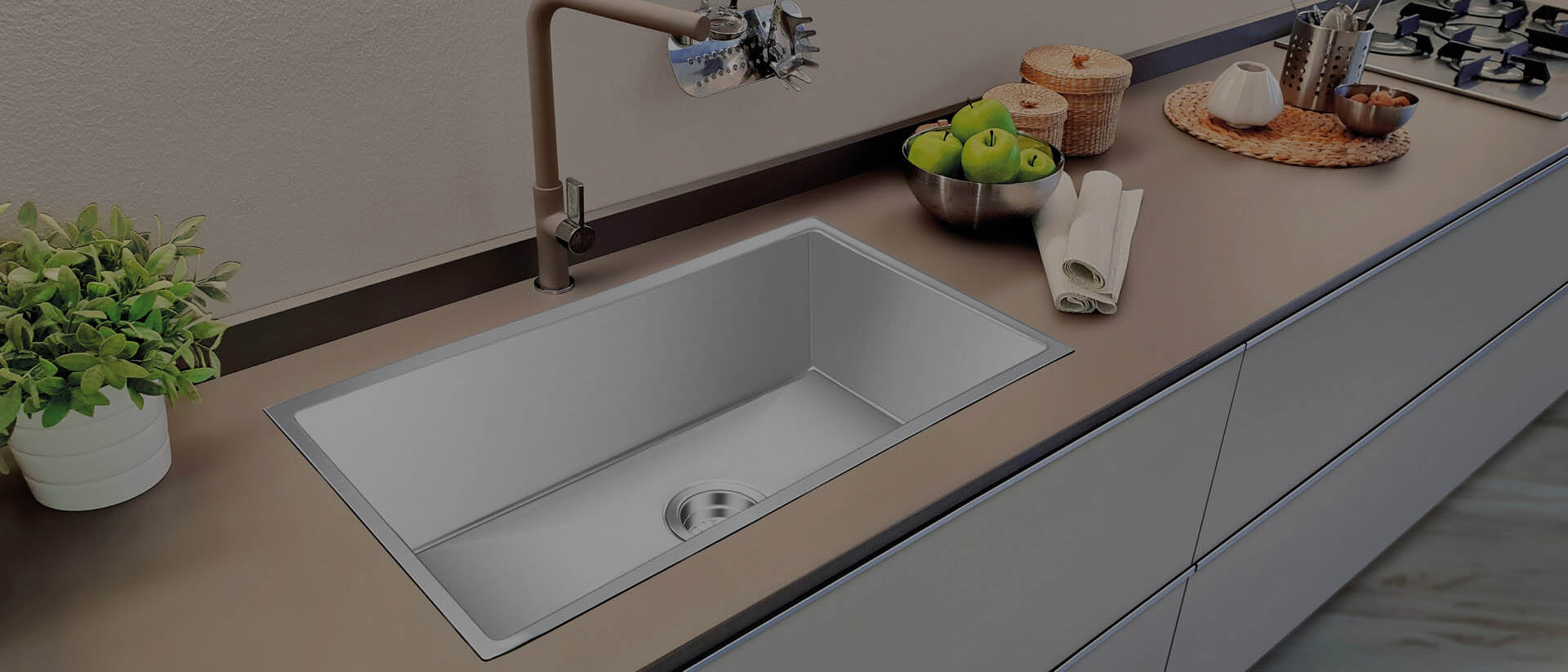
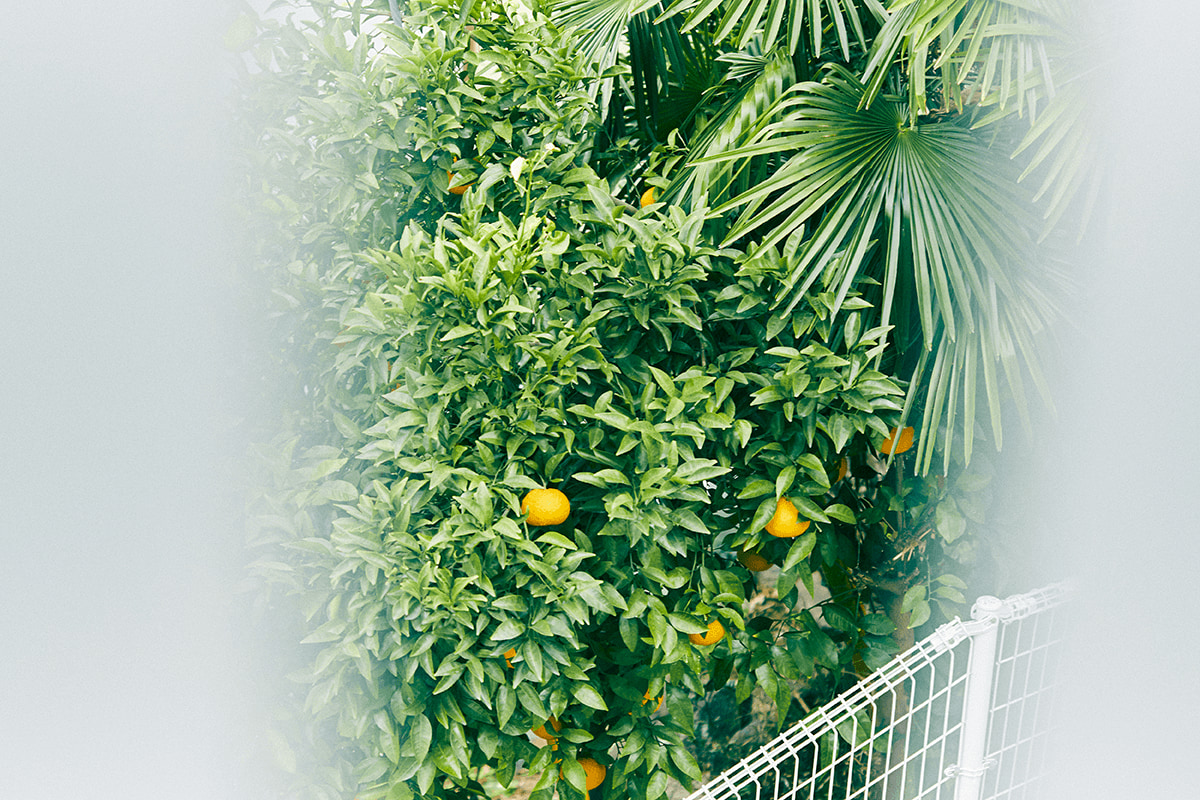


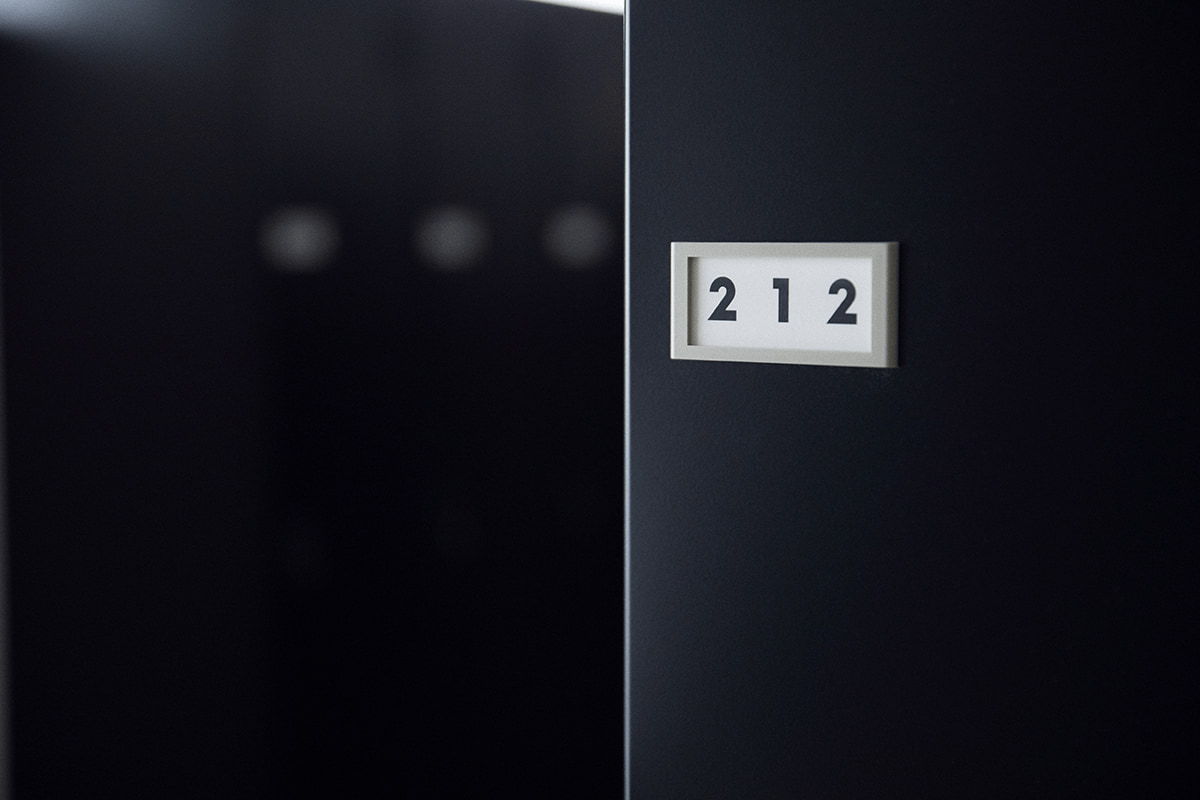








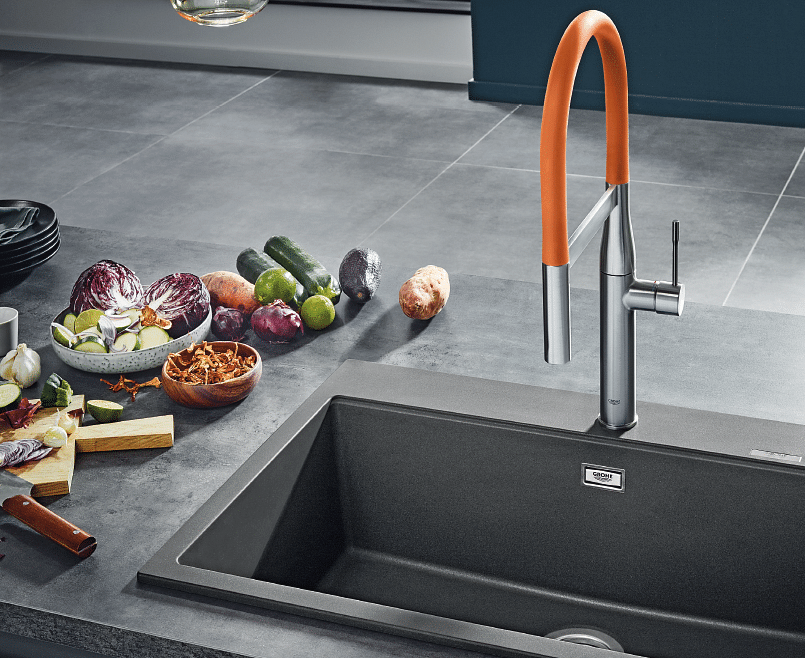


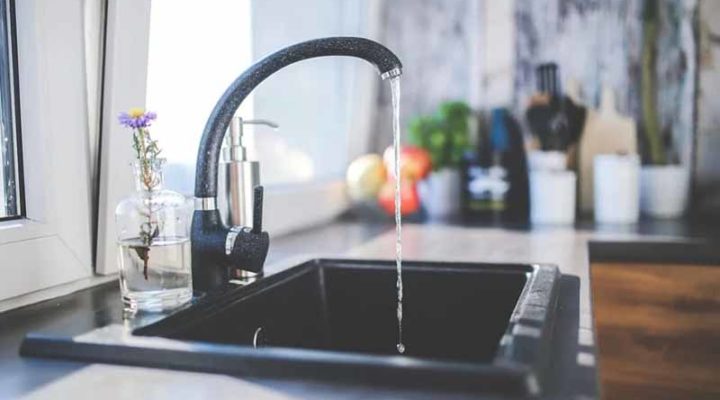


.jpg)
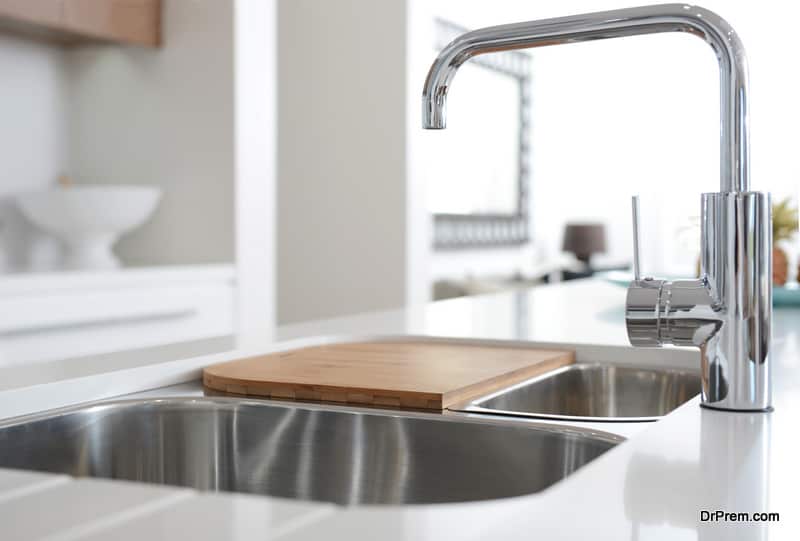











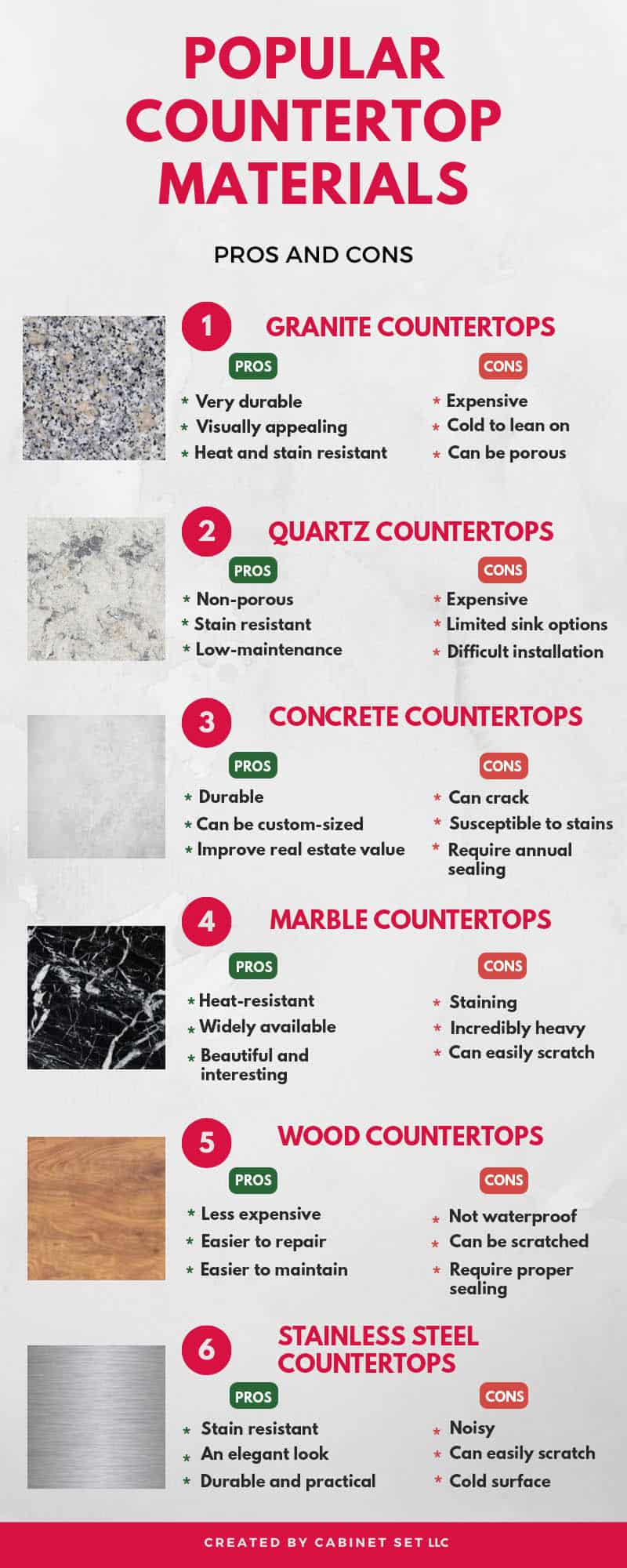

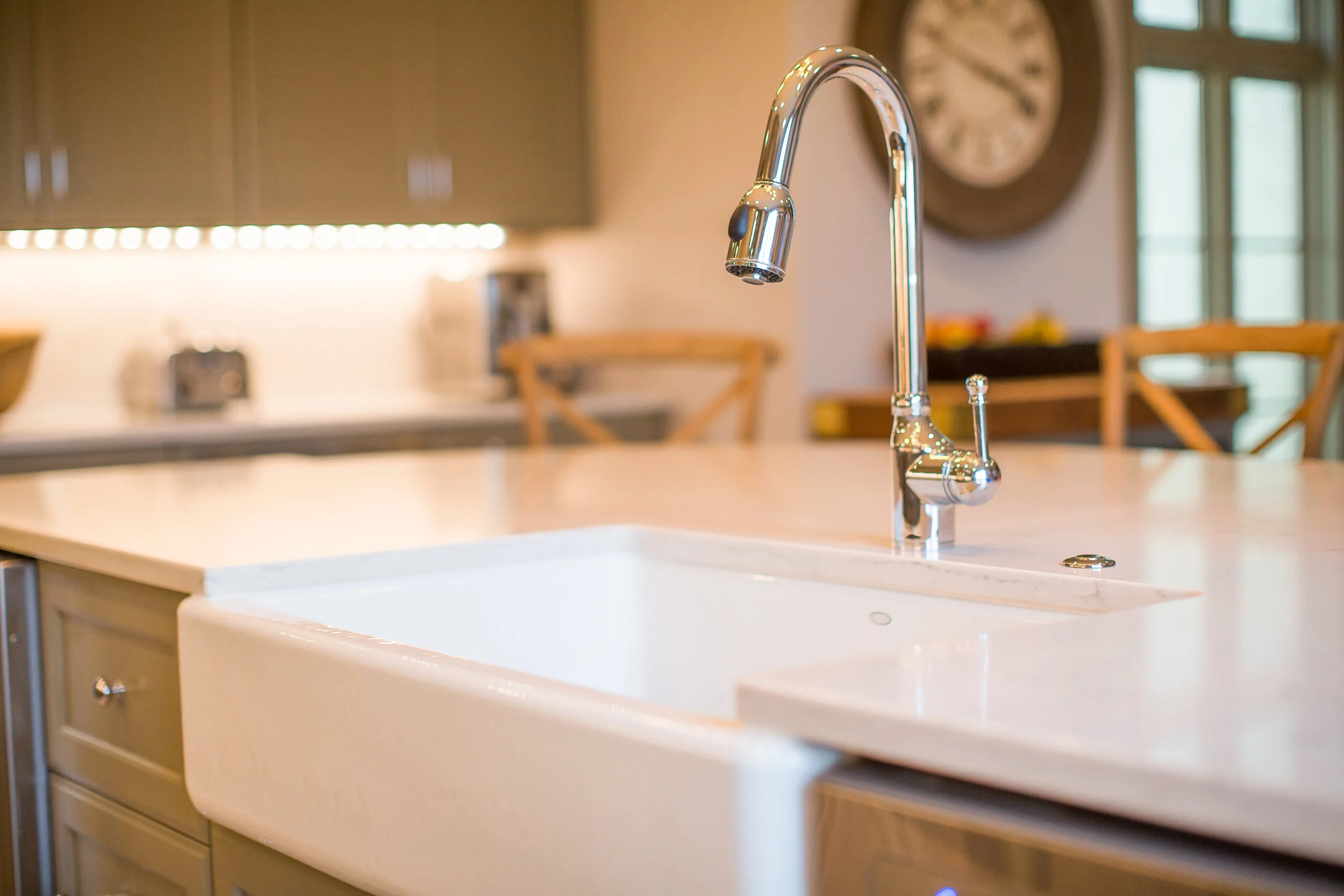

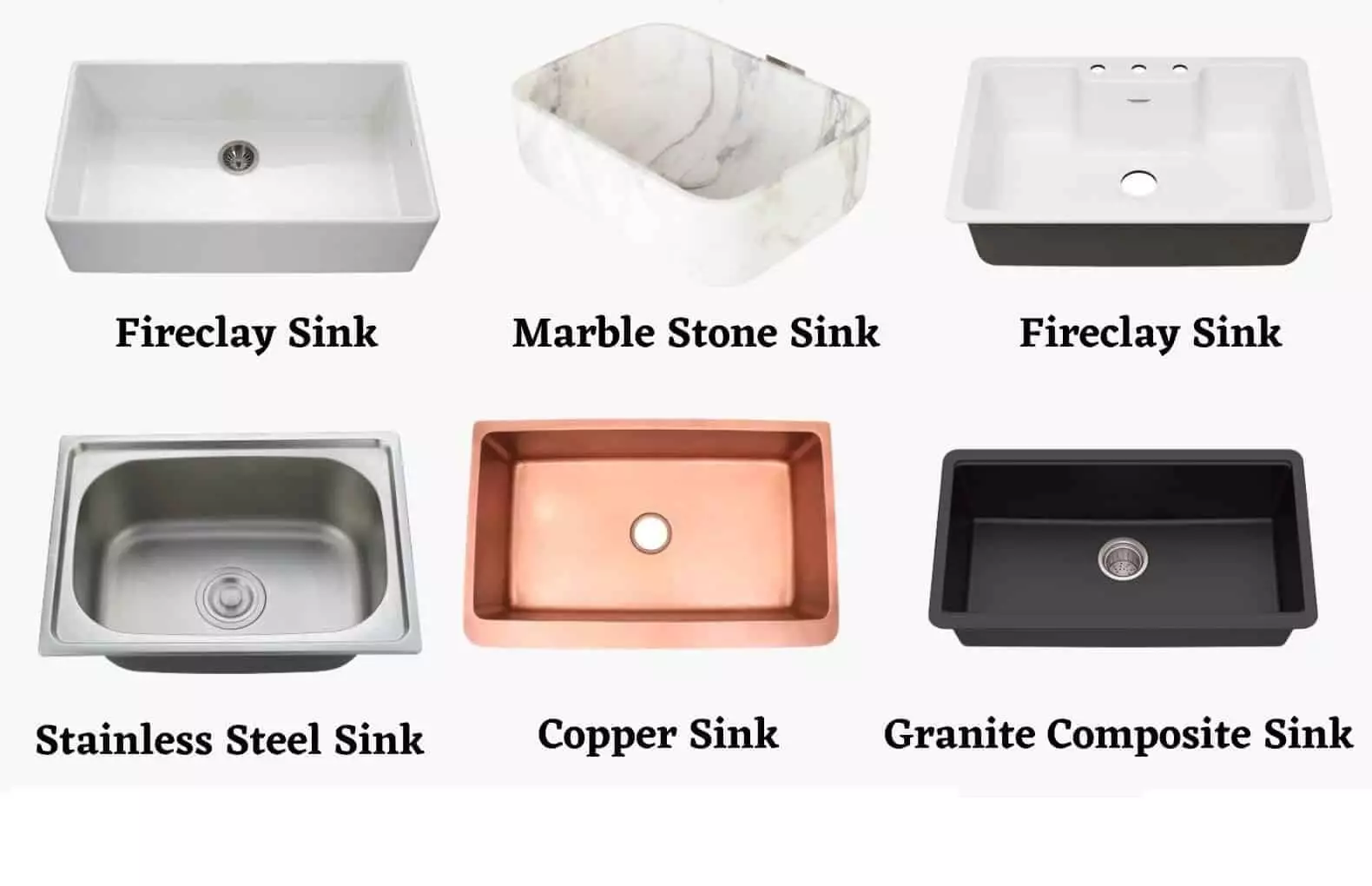

:max_bytes(150000):strip_icc()/Basic-kitchen-sink-types-1821207_color_rev-0b539306b9ef4236a136624ad2a89a4c.jpg)
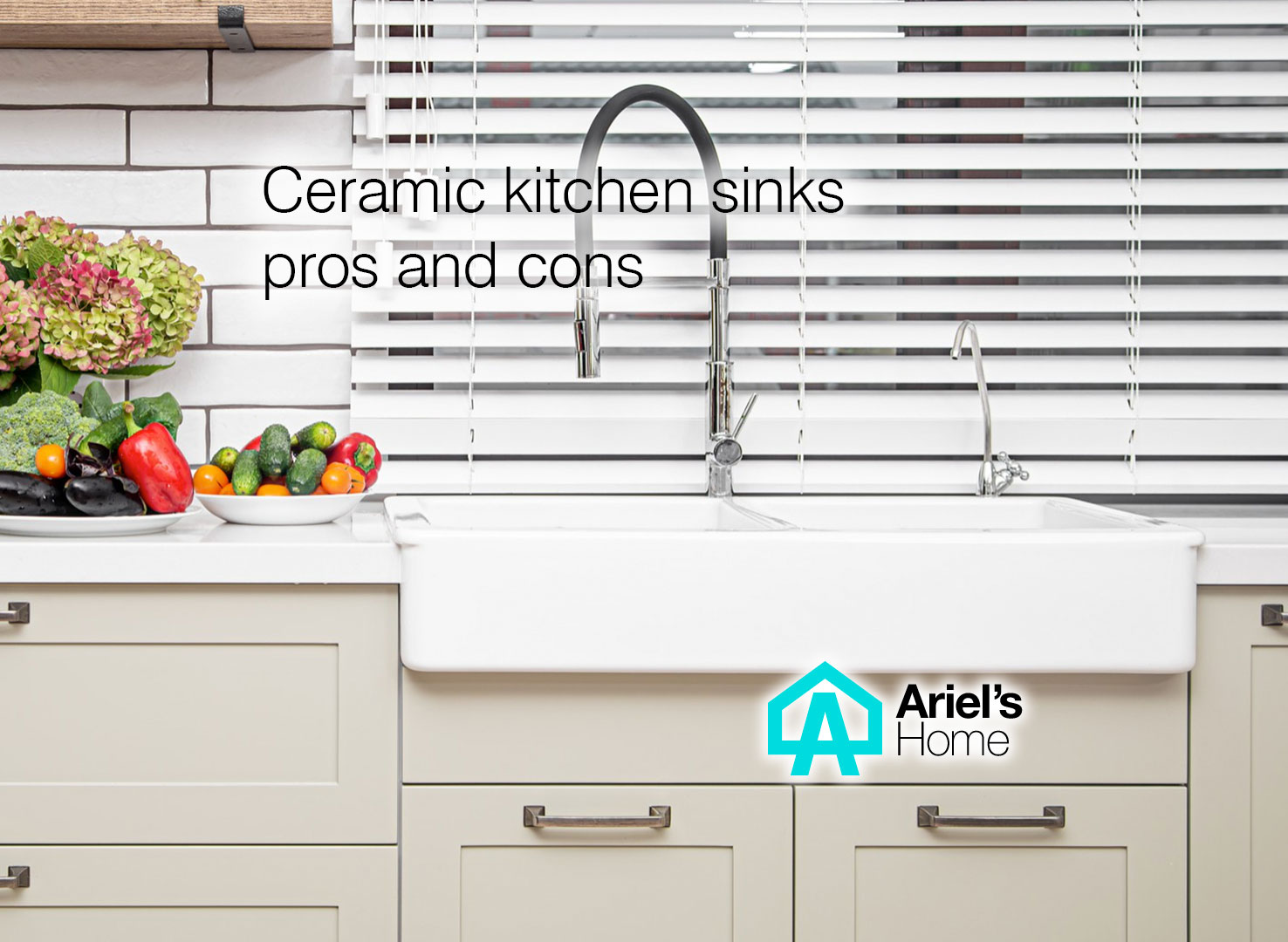
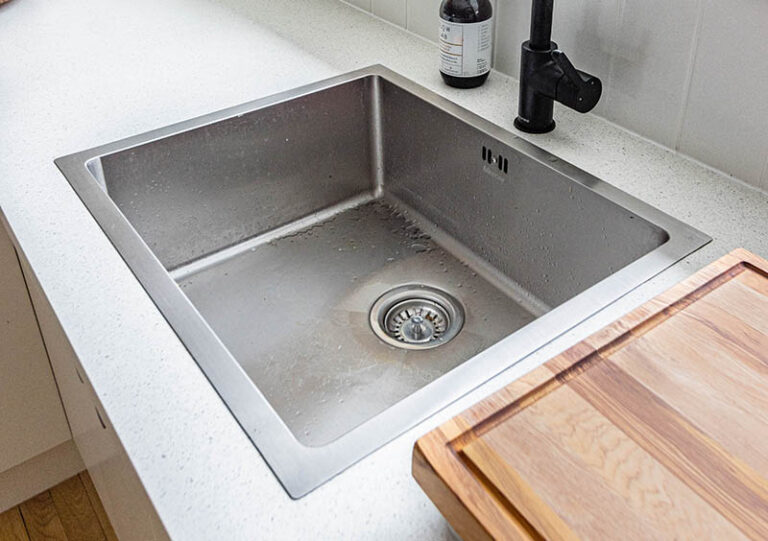

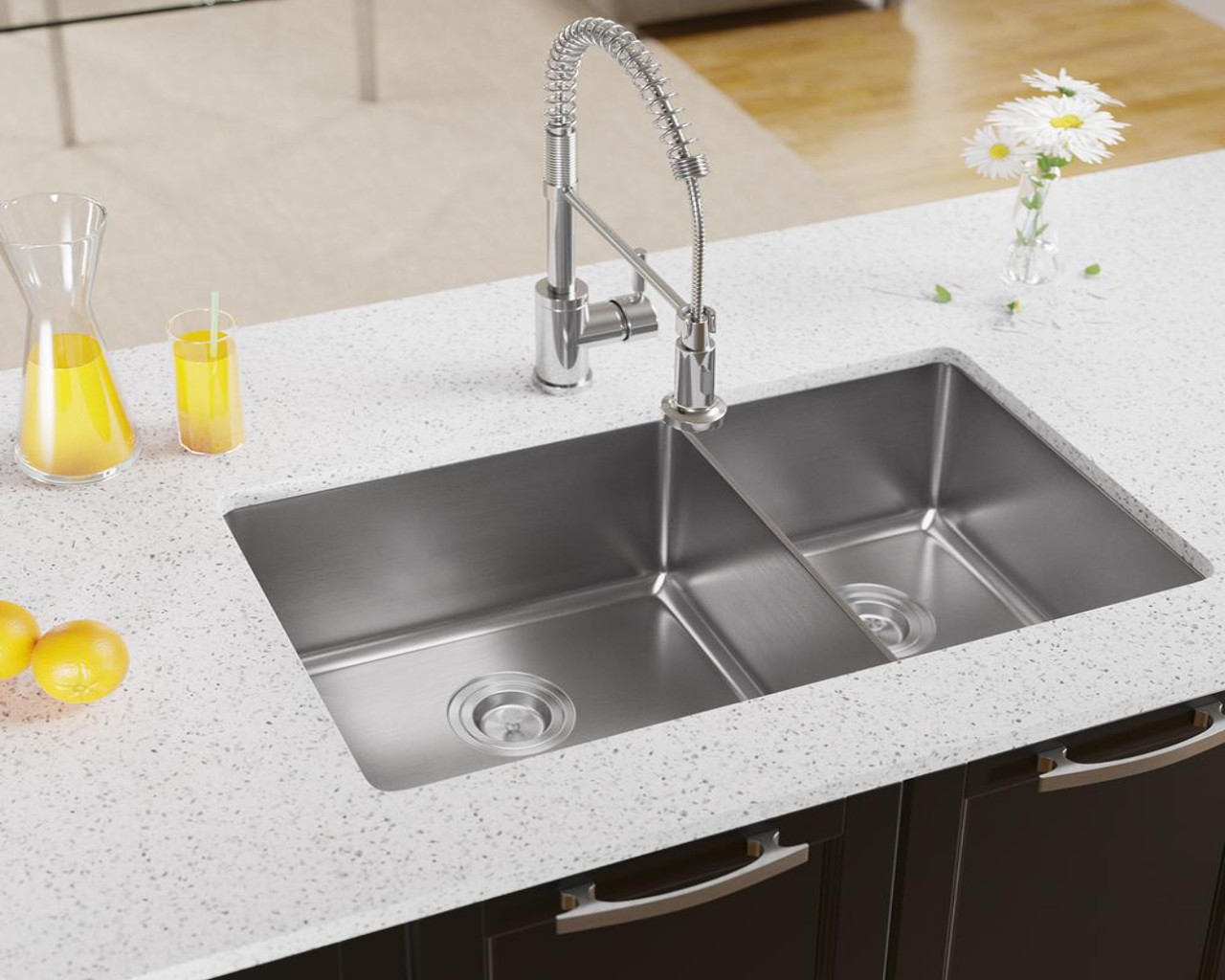
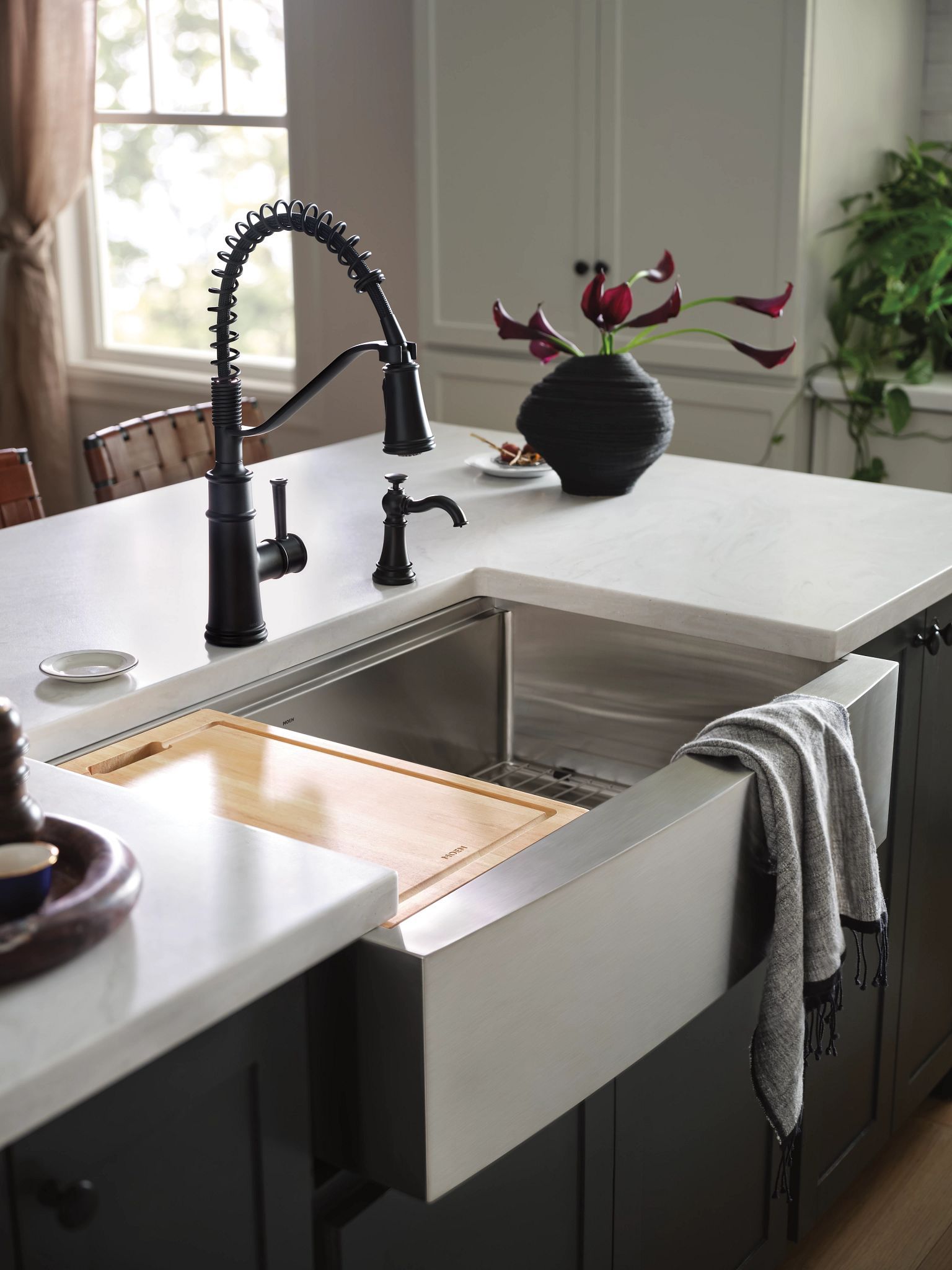






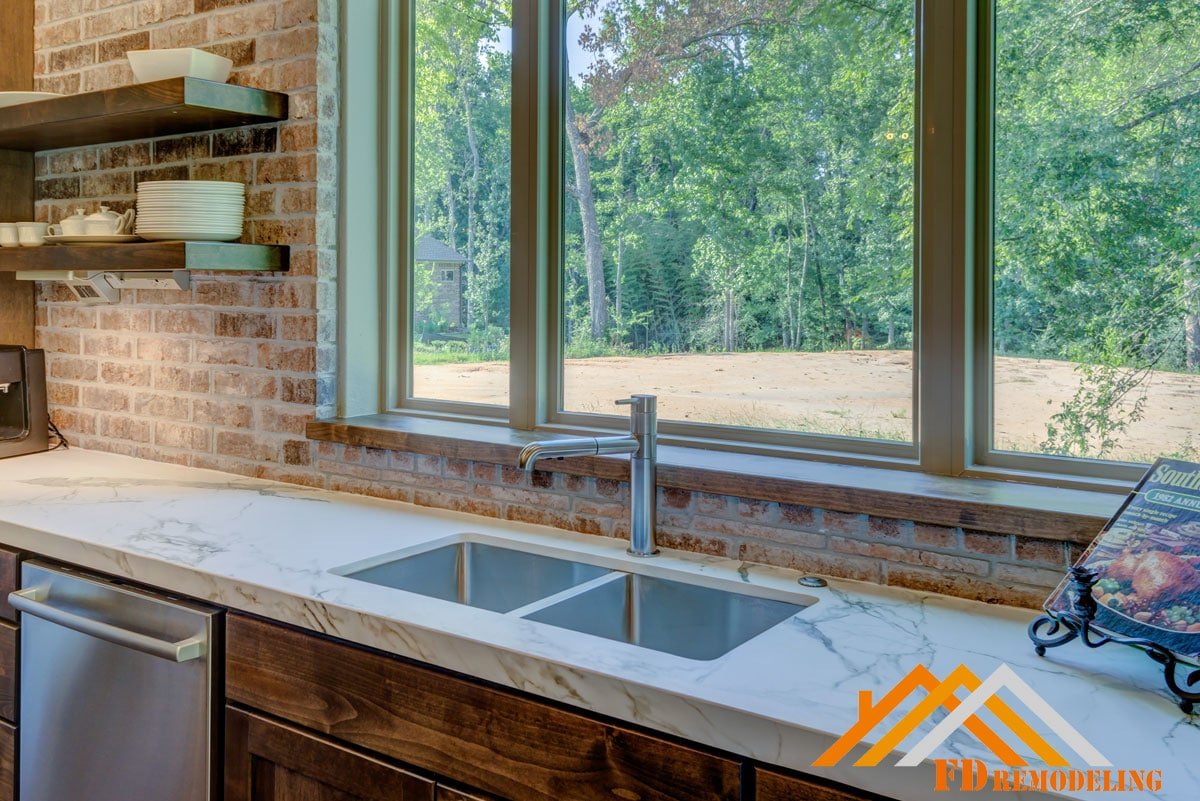



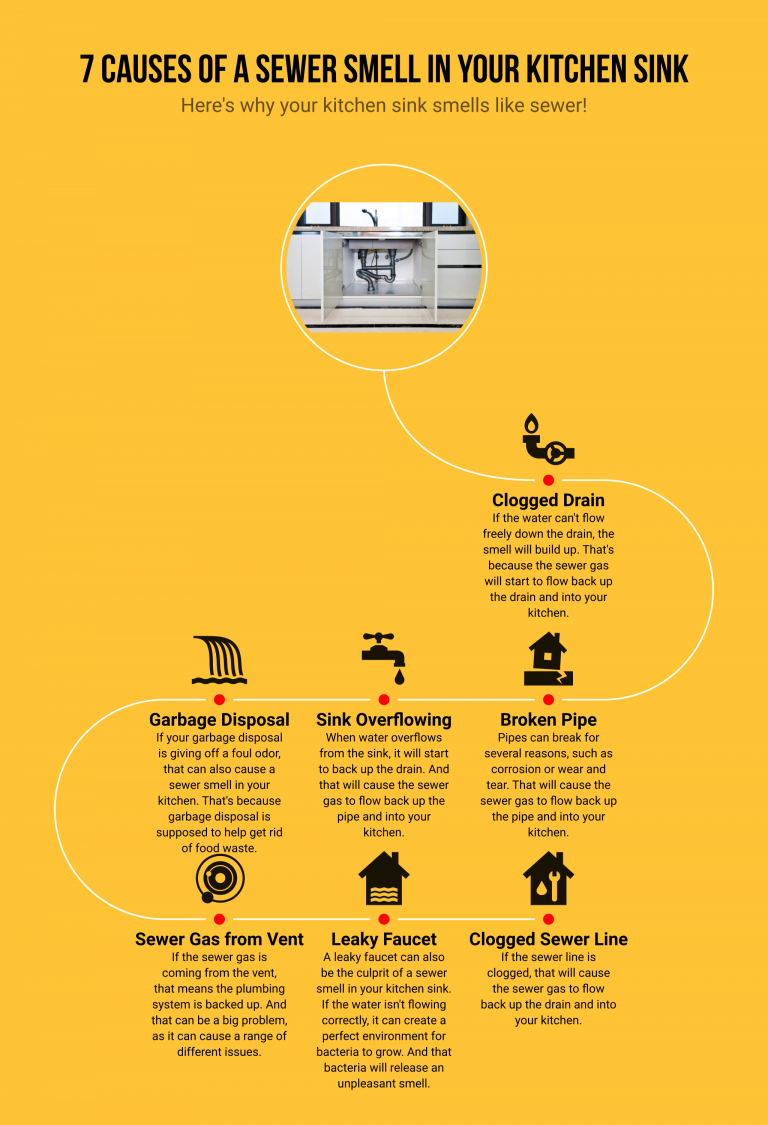













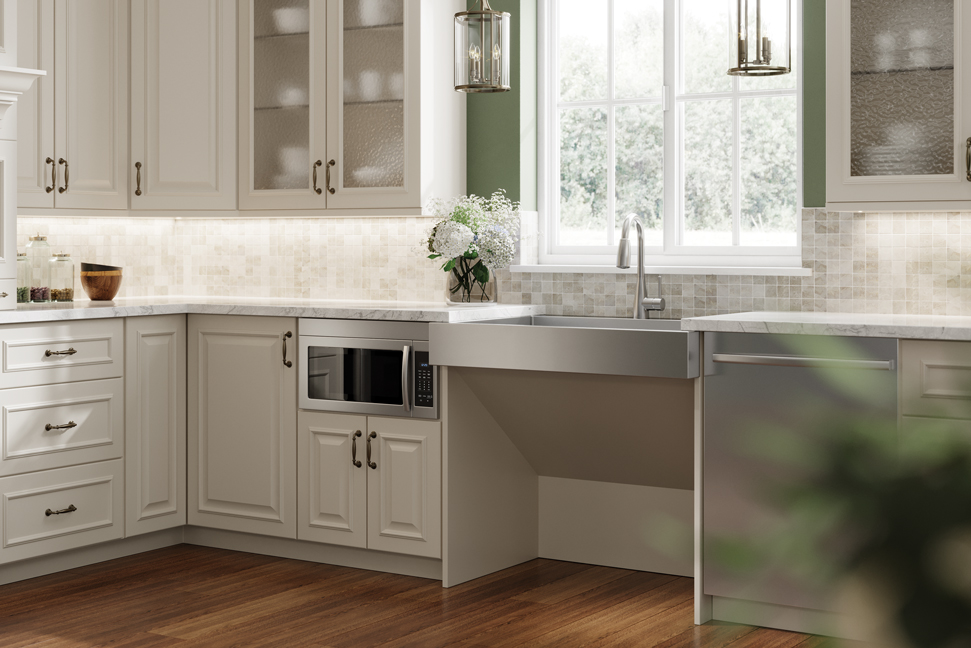














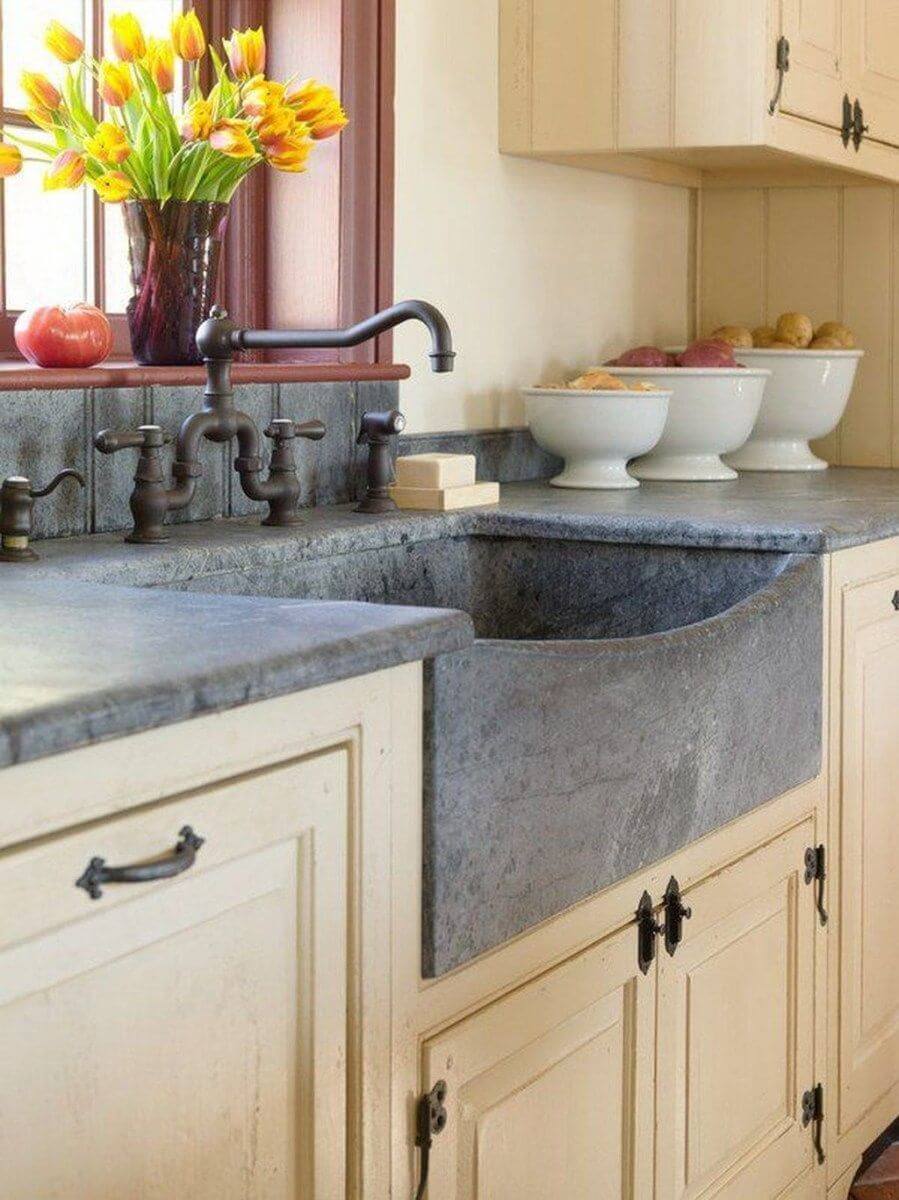


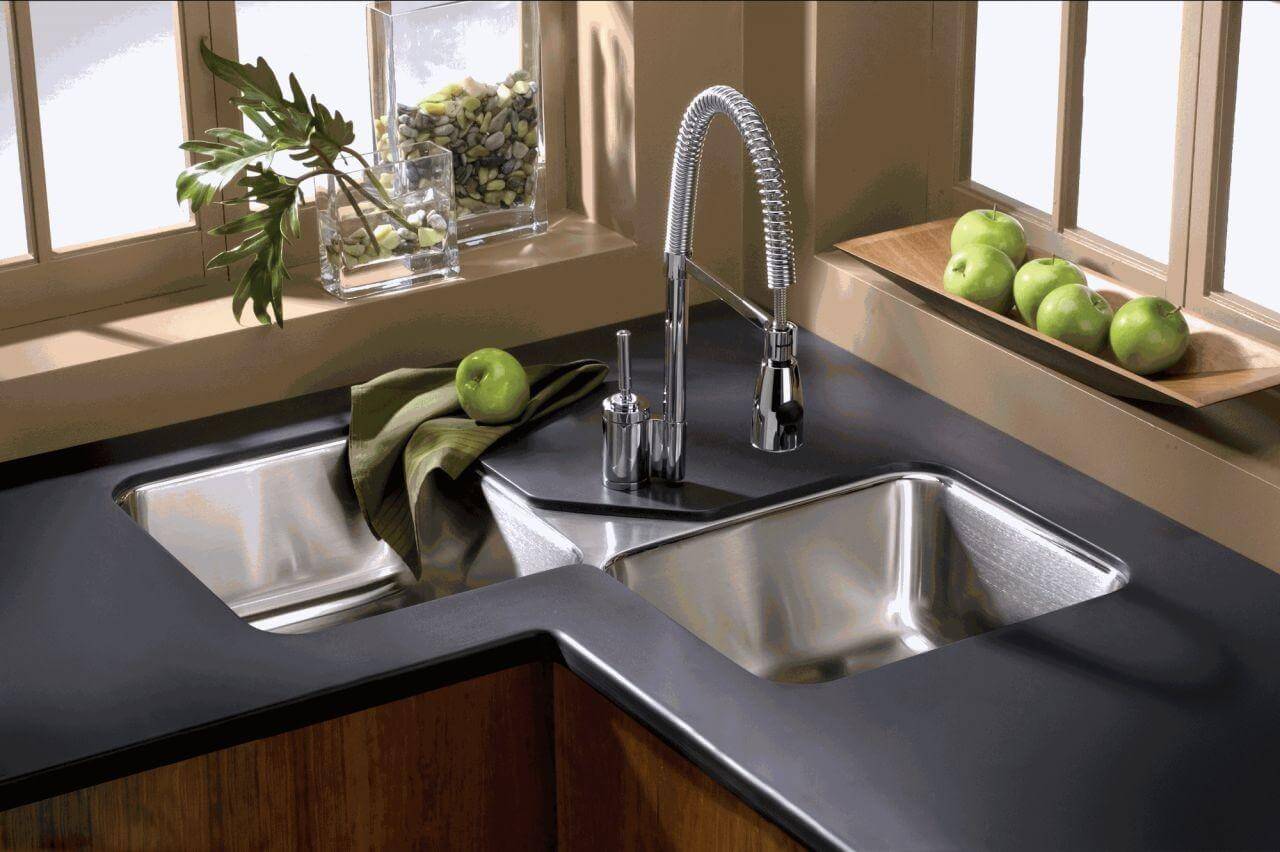






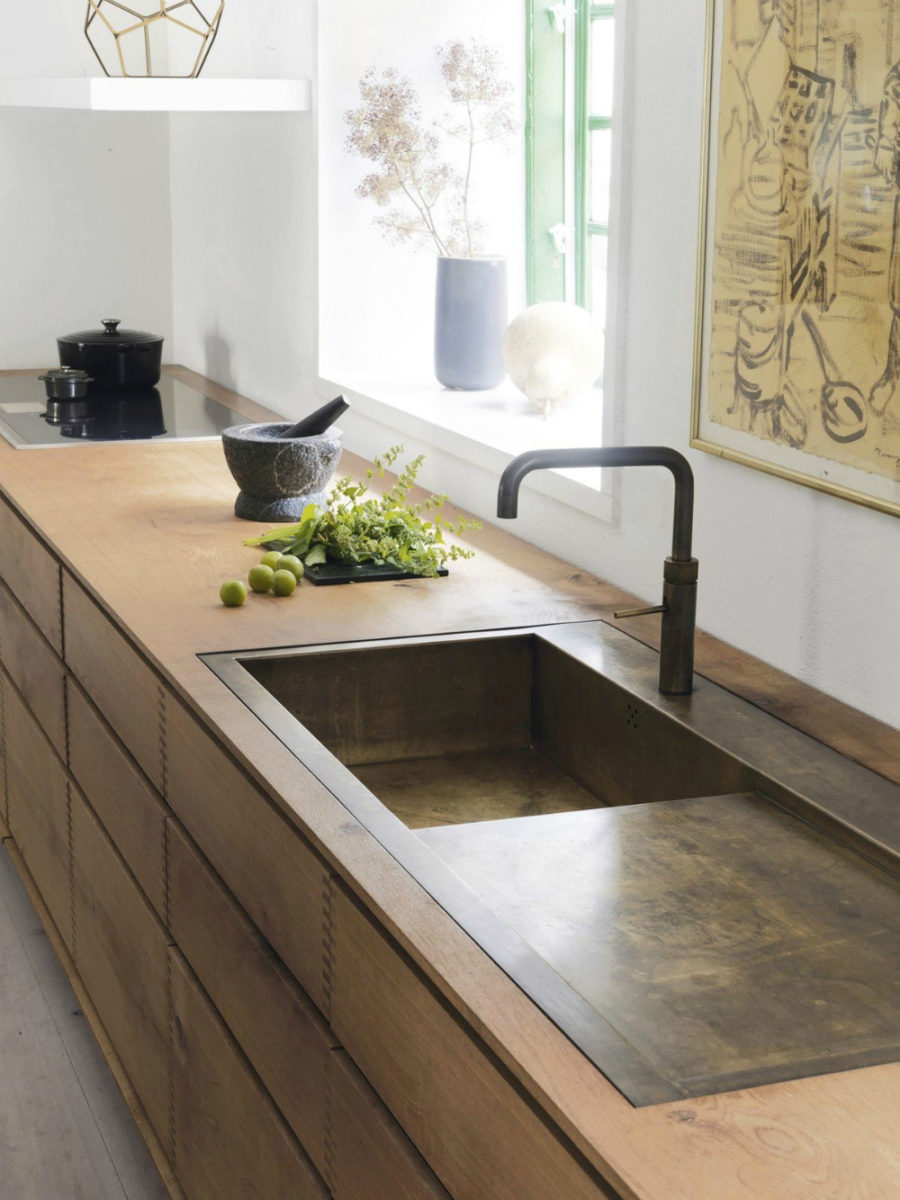



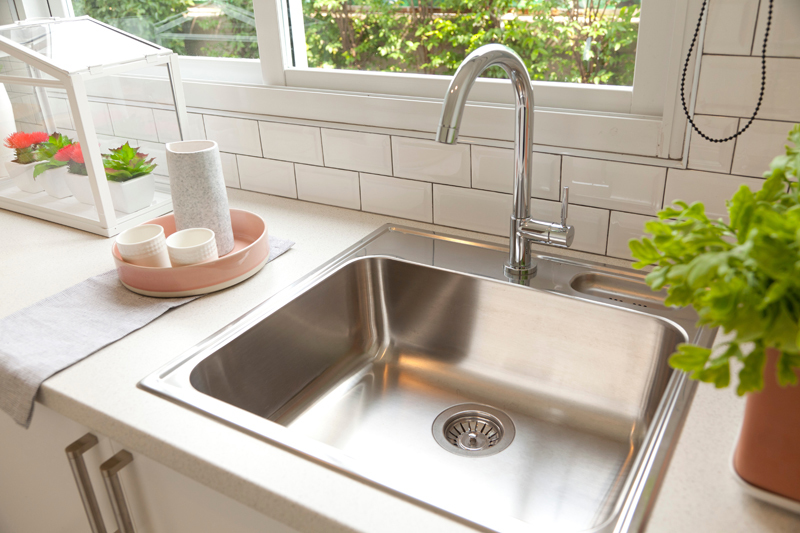
/AMI089-4600040ba9154b9ab835de0c79d1343a.jpg)


/living-room-gallery-shelves-l-shaped-couch-ELeyNpyyqpZ8hosOG3EG1X-b5a39646574544e8a75f2961332cd89a.jpg)


